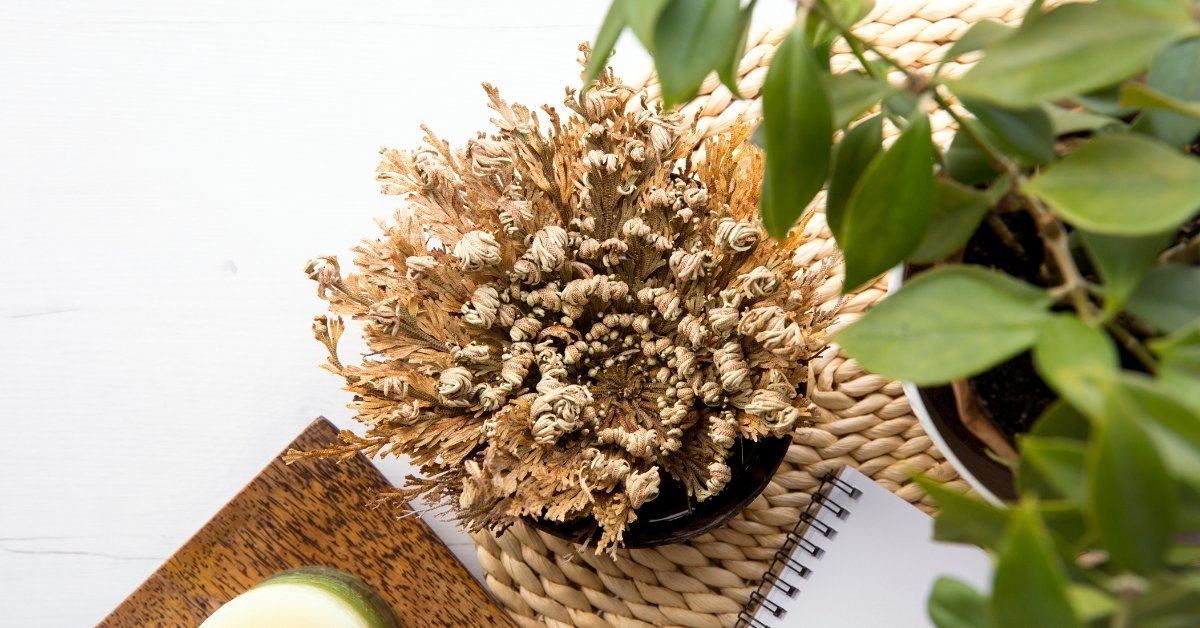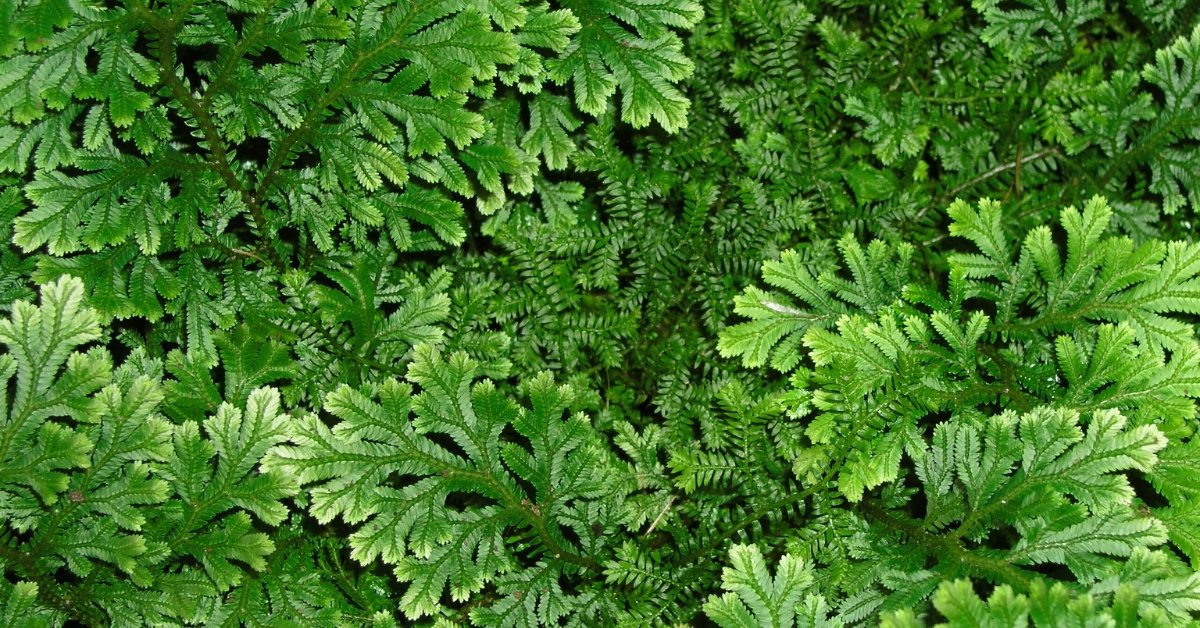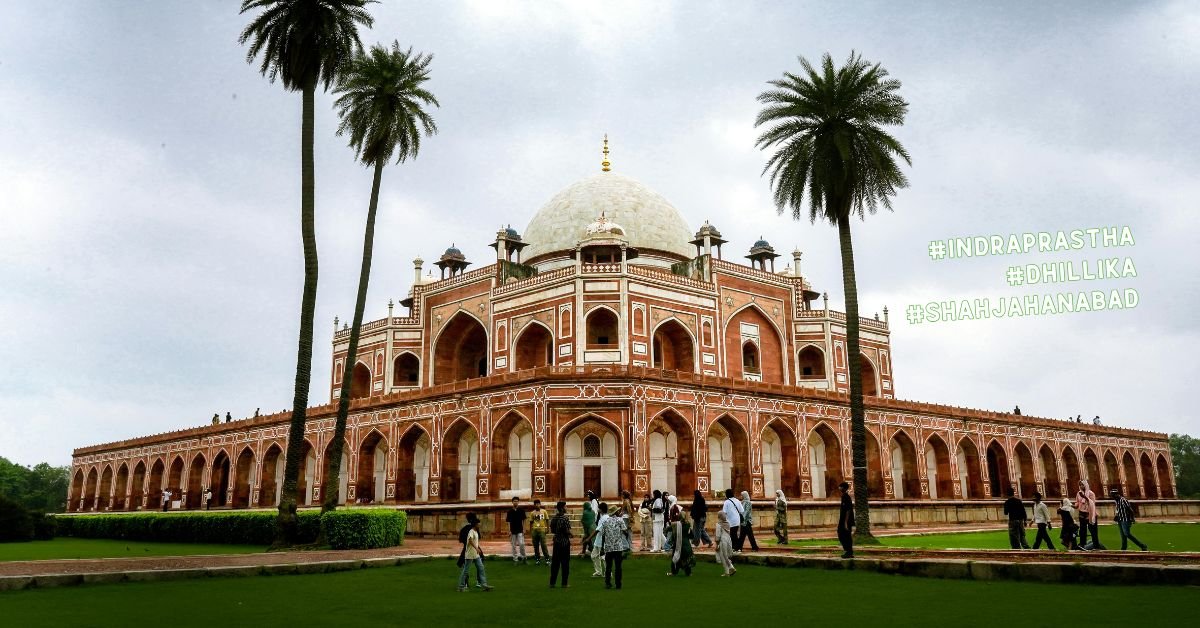Curious about Sanjivani Buti? Learn where this legendary Ramayana herb, Selaginella Bryopteris, grows in the Himalayas and its extraordinary healing powers! A fun guide for plant lovers.
Table Of Contents
Hey there!
Ever heard the epic tale of Sanjivani Buti, the magical herb from the Ramayana that Lord Hanuman fetched to save Laxman’s life?
It is not just a story; this plant, known as Selaginella Bryopteris, is real and has an incredible reputation.
We are super excited to take you on an adventure to discover where this “life-giving” herb grows, why it is so special, and what makes it a big deal in nature and culture.
Whether you are into plants, Indian mythology, or love a good story, stick with us; this will be fun!
So, What Is Sanjivani Buti All About?
Picture a small, green plant called a “miracle herb” for centuries.
That is Sanjivani Buti!
Its name comes from Sanskrit, meaning “one that infuses life.”
It has a starring role in the Ramayana.
Legend says Hanuman flew to the Dronagiri mountain to grab this herb to heal Laxman after a brutal battle.
Pretty cool.
In real life, Selaginella Bryopteris is used in traditional Indian medicine to treat heat stroke and infections and boost energy.
Science is still catching up, but locals swear by its healing properties.
Where Can You Find This Legendary Plant?

Let us get to the juicy part: where does Sanjivani Buti grow?
Spoiler alert: it loves the Himalayas!
This plant is happiest in wet, tropical spots, hanging out on rocks, tree trunks, or shady forest floors.
Here is a quick rundown of its favorite hangouts:
Here’s a quick rundown of its favorite hangouts:
| Place | Region | Why |
|---|---|---|
| Uttarakhand, India | West Himalaya | Home to Dronagiri mountain near Niti village in Chamoli district—yep, the Ramayana spot! |
| Assam, India | East Himalaya | Lush, tropical hills are perfect for this moisture-loving plant. |
| Nepal | Himalayan foothills | Thrives in wet, shady areas alongside other cool plants. |
| Aravalli Range, India | Rajasthan | Some say it’s here, but it’s a bit dry, so maybe a mix-up? Needs more research! |
Uttarakhand’s Dronagiri mountain is the rockstar location, about 50 kilometers from Joshimath.
It has that mythical vibe and is a hotspot for plant nerds like me.
There is a small amount of chatter about the Aravalli Range in Rajasthan, but since it is way drier, we are not convinced—maybe it is a different plant or a rare find.
Either way, the Himalayas are where it is at!
Why The Himalayas Are Perfect For Sanjivani Buti
The Himalayas are like a dream home for Sanjivani Buti.
Think misty hills, rainy monsoons, and cozy, shaded nooks—this plant’s happy place.
It is a “resurrection plant,” meaning it can dry up during tough times and return to life when water shows up.
How cool is that?
The Himalayas’ mix of wet and dry seasons, plus their insane biodiversity, makes it a no-brainer for this herb to thrive.
Plus, the Himalayas are not just about nature—they are sacred in Indian culture.
It feels right that a plant with such a legendary backstory would call this spiritual hotspot home.
Local tribes have been using it forever, passing down tips on how to use it for healing.
What Makes Sanjivani Buti So Special?
This plant is not just famous for its Ramayana fame—it has got some serious skills.
Traditional medicine is used for everything from fighting infections to helping with stress.
Tribes in the Himalayas even use it to stay fit and live longer.
On the eco side, it is a champ at holding soil together on rocky slopes, keeping the hills from washing away.
Here’s a quick look at why it’s such a big deal:
| Role | Does |
|---|---|
| Healing | Helps with heat stroke, infections, and even menstrual issues; boosts energy and longevity. |
| Eco Hero | Keeps soil stable on hilly slopes, fighting erosion. |
| Mythical Star | Tied to the Ramayana, symbolizing hope and miracles. |
The Hunt For Sanjivani Buti: Not So Easy!
Before you grab your hiking boots, know that finding Sanjivani Buti is not a walk in the park.
It is picky about where it grows—think super shady, super wet spots. Plus, overharvesting and deforestation are making it harder to find.
There is also that Aravalli confusion, which shows we need more research to pinpoint its exact spots.
Some folks are working on growing it in labs or protecting its natural homes, which is fantastic for keeping this herb around.
Wrapping It Up
Sanjivani Buti, or Selaginella Bryopteris, is like a small quantity of magic tucked away in the Himalayas.
This plant is a gem from its epic Ramayana roots to its real-life healing powers.
Whether growing near Uttarakhand’s Dronagiri mountain, Assam’s lush hills, or Nepal’s misty slopes, it reminds us how nature and stories weave together.
We hope you are as amazed by this herb as we are!
Craving more plant adventures or curious about other Indian myths?
Swing by our other blog posts for some fun reads.
Do you have a story about Sanjivani Buti or another cool herb?
Please post it in the comments.
We would love to hear from you!
Fun Fact To Blow Your Mind
Did you know? When thirsty, Sanjivani Buti can curl into a dry little ball and then pop back to life in just a few hours when it gets water. Locals call it the “stone flower” because of this trick!






